Home>Garden Essentials>How Long To Soak Pea Seeds Before Planting
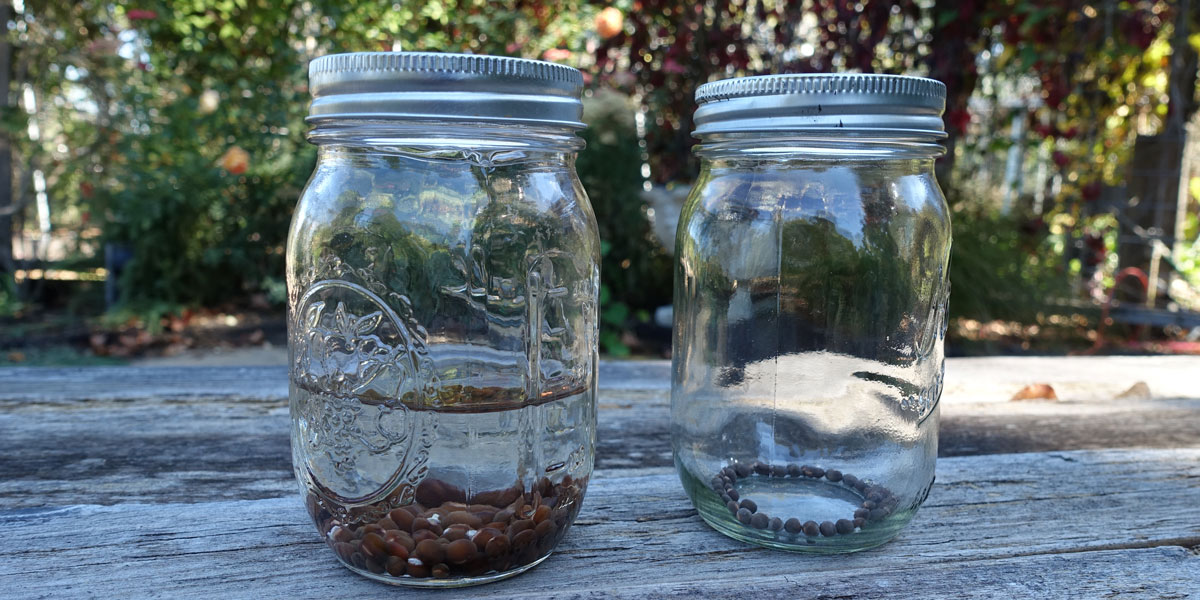

Garden Essentials
How Long To Soak Pea Seeds Before Planting
Modified: March 15, 2024
Learn how long to soak pea seeds in your garden before planting for optimal growth and results.
(Many of the links in this article redirect to a specific reviewed product. Your purchase of these products through affiliate links helps to generate commission for Storables.com, at no extra cost. Learn more)
Introduction
Gardening enthusiasts know the joy of watching plants grow from tiny, humble seeds into flourishing greenery. If you’re planning to grow peas in your garden, you may have wondered about the best practices for prepping pea seeds before planting. One common technique is soaking the pea seeds, allowing them to absorb water before they are sown in the soil.
Soaking pea seeds can offer several benefits, including improved germination rates and faster seedling emergence. This process helps soften the seed coat, allowing water to penetrate and initiate the germination process. Additionally, soaking can help remove any inhibitors that may hinder germination and give the pea seeds a head start in their growth journey.
However, the time required for soaking pea seeds can vary based on several factors. It’s important to understand these factors and follow the appropriate steps to ensure successful soaking and planting of your pea seeds. In this article, we will explore the benefits of soaking pea seeds, the factors that affect soaking time, and provide you with essential tips for a successful seed soaking experience.
Key Takeaways:
- Soaking pea seeds before planting improves germination, accelerates seedling emergence, and enhances root development, leading to healthier and more robust pea plants in your garden.
- Factors like seed variety, age, and environmental conditions influence soaking time. Look for signs of readiness, such as swollen appearance and softened seed coat, before planting soaked pea seeds.
Read more: How Long Should Seeds Soak Before Planting
Benefits of Soaking Pea Seeds Before Planting
Soaking pea seeds before planting offers a range of benefits that can greatly improve the success of your pea crop. Here are some advantages of soaking pea seeds:
- Improved germination: Soaking allows the seeds to absorb water, softening the seed coat and kickstarting the germination process. This can significantly enhance germination rates, resulting in a higher number of successful seedlings.
- Accelerated seedling emergence: By soaking the pea seeds, you give them a head start in development. The water absorption activates enzymes within the seeds, triggering rapid growth and leading to quicker emergence of seedlings from the soil.
- Increased nutrient availability: Soaking pea seeds helps activate dormant enzymes inside the seeds. This activation results in the breakdown of stored nutrients within the seed. As a result, the emerging seedling has immediate access to vital nutrients, facilitating its early growth.
- Enhanced root development: Soaking pea seeds supports the growth of stronger and healthier roots. The softened seed coat allows the emerging roots to penetrate the soil more easily, establishing a solid foundation for the plant to absorb nutrients and water efficiently.
- Reduced risk of seedling diseases: Soaking helps remove any potential pathogens present on the seed surface. By cleaning the seeds before planting, you minimize the risk of diseases while promoting a healthier and disease-resistant seedling.
By taking the time to soak your pea seeds before planting, you can greatly optimize their chances of success and ultimately enjoy a bountiful harvest.
Factors that Affect Soaking Time
The ideal soaking time for pea seeds can vary depending on several factors. Understanding these factors will help you determine the appropriate duration for soaking your pea seeds. Here are some key factors that affect soaking time:
- Seed variety: Different varieties of peas may have varying seed coat thicknesses and water absorption rates. Some varieties may require longer soaking times to fully soften the seed coat, while others may have a thinner seed coat and require less time.
- Seed age: The age of the pea seeds can also impact soaking time. Freshly harvested seeds tend to require shorter soaking periods compared to older seeds. Older seeds may have a harder seed coat, which may require a longer soaking duration to achieve optimal hydration.
- Environmental conditions: The temperature and humidity in your location can influence soaking time. Warmer temperatures may accelerate the hydration process, while cooler temperatures may slow it down. Monitoring the ambient conditions and adjusting the soaking time accordingly can help maximize the efficiency of the soaking process.
- Seed coat thickness: The thickness of the seed coat can vary among different pea varieties. Thicker seed coats may require longer soaking periods to fully soften and allow water absorption. It’s important to consider the specific characteristics of your seed variety when determining the optimal soaking time.
- Desired germination rate: If you’re aiming for a higher germination rate, you may opt for a longer soaking time. Allowing the seeds to fully absorb water can help ensure the maximum number of seeds successfully germinate and emerge as healthy seedlings.
Keep in mind that these factors may interact with each other, so it’s crucial to consider them collectively when determining the soaking time for your pea seeds. Observing the seeds closely during the soaking process and making adjustments based on their appearance and texture can help you achieve the best results.
Steps to Soak Pea Seeds Before Planting
Soaking pea seeds before planting is a simple process that can greatly benefit the germination and growth of your pea plants. Follow these steps to properly soak your pea seeds:
- Choose high-quality seeds: Start with good-quality pea seeds from a reputable source. Select seeds that are plump, firm, and free from damage or discoloration.
- Clean the seeds: Before soaking, it’s essential to clean the seeds to remove any dirt, debris, or potential pathogens. You can gently rinse the seeds under cool water or use a damp cloth to wipe them clean.
- Select a container: Find a suitable container to hold the pea seeds during soaking. A glass jar or a shallow dish works well. Ensure that the container is clean and sterilized to prevent any contamination.
- Add water: Place the pea seeds into the container and add enough room temperature water to completely submerge them. The water should be at least twice the volume of the seeds to allow for proper hydration.
- Soak the seeds: Let the pea seeds soak in water for the recommended time. The soaking duration can vary depending on the factors discussed earlier. Typically, soaking pea seeds for 4-12 hours is sufficient. However, some varieties may require longer soaking periods, up to 24 hours.
- Monitor the seeds: Keep an eye on the seeds while they soak. You’ll notice that they gradually absorb water and may increase in size. This indicates that they are rehydrating and preparing for germination.
- Drain and dry: Once the soaking time is complete, drain the water from the container. Place the moist seeds onto a clean paper towel or a sieve to remove excess moisture. Allow them to air dry briefly to avoid excessive moisture, which can lead to mold or rot.
After following these steps, your pea seeds will be ready for planting. Ensure you sow them in suitable soil conditions promptly to take advantage of their improved germination potential.
Soak pea seeds in water for 8-12 hours before planting to help speed up germination. This can be done by placing the seeds in a bowl of water overnight.
How Long to Soak Pea Seeds Based on Different Factors
The optimal soaking time for pea seeds can vary depending on several factors, including seed variety, age, environmental conditions, seed coat thickness, and desired germination rate. Here are some general guidelines to consider:
- Seed variety: Different pea varieties can have varying seed coat thicknesses and water absorption rates. As a general rule of thumb, most pea seeds benefit from soaking for 4-12 hours. However, larger-seeded varieties or those with thicker seed coats may require longer soaking periods, up to 24 hours.
- Seed age: Freshly harvested pea seeds typically have higher water content and may require less soaking time compared to older seeds. If using older seeds, consider extending the soaking time towards the upper end of the general guidelines.
- Environmental conditions: The temperature and humidity of your environment can affect soaking time. In warmer temperatures, pea seeds tend to absorb water more quickly. However, if the ambient conditions are cooler, you may need to extend the soaking time to ensure optimal hydration.
- Seed coat thickness: Pay attention to the thickness of the seed coat. Thicker seed coats require longer soaking times to allow for complete hydration. Adjust the soaking duration accordingly, especially if you are growing varieties known for their thicker seed coats.
- Desired germination rate: If you are aiming for a higher germination rate, it may be beneficial to soak the pea seeds for a longer period. Allowing them to fully absorb water can enhance their chances of successful germination and sprouting.
It’s important to remember that these are general guidelines, and the specific needs of your pea seeds may vary. Carefully observe the seeds during the soaking process to assess their appearance and texture. If the seeds still appear dry or have not noticeably increased in size after the recommended soaking time, you may consider extending the duration slightly or reevaluating the soaking conditions.
Experimenting and adjusting the soaking time based on your specific seed variety and environmental conditions will help you determine the ideal duration for soaking pea seeds, resulting in healthier and more vigorous plants.
Signs that Indicate Pea Seeds are Ready for Planting
After soaking your pea seeds, it is important to look for certain signs that indicate they are ready for planting. These signs will confirm that the seeds have absorbed enough water and are primed for germination. Here are several key indicators that your pea seeds are ready for planting:
- Swollen appearance: When properly soaked, pea seeds will noticeably increase in size. They may appear plump and swollen compared to their original dry state. This swelling indicates that the seeds have absorbed water and are fully hydrated.
- Softened seed coat: The soaking process helps soften the seed coat, allowing water to penetrate and initiate germination. When the seeds are ready for planting, you should be able to feel a slight softness or flexibility when pressing gently on the seed coat.
- Visible root growth: Inspect the soaked pea seeds for any signs of root development. If you notice small white root tips emerging from the seeds, this is an encouraging sign that germination has begun. However, keep in mind that not all seeds may exhibit visible root growth, so this sign may not be present in all cases.
- Change in color: Some pea seeds may undergo a slight color change during soaking. While this is not true for all varieties, you may notice a subtle shift in color, such as a lighter or clearer appearance, which can indicate that the seeds have absorbed water and are now prepared for germination.
It’s important to note that not all signs may be present for every pea seed. Different varieties may show different indications of readiness. Therefore, it is crucial to consider the overall appearance and feel of the seeds to determine if they have undergone proper soaking and are prepared for planting.
Once you have identified the signs of readiness, it’s time to plant your pea seeds in suitable soil conditions with proper spacing and depth. By paying close attention to these signs, you will increase the chances of successful germination and establish a strong foundation for healthy, thriving pea plants in your garden.
Tips for Successful Pea Seed Soaking
To ensure successful soaking of your pea seeds, follow these tips to optimize the process and enhance the germination and growth of your plants:
- Use room temperature water: Fill your soaking container with room temperature water. Avoid using hot water, as it can damage the seeds, and cold water, as it may slow down the soaking process.
- Time your soak: Most pea seeds benefit from soaking for 4-12 hours. However, closely monitor the seeds and adjust the soaking time based on the signs of readiness discussed earlier. If using older seeds or varieties with thicker seed coats, you may extend the soaking time up to 24 hours.
- Keep the seeds covered: While soaking, it is recommended to cover the container with a breathable cloth or paper towel. This prevents dust, insects, or other contaminants from accessing the seeds while still allowing air circulation.
- Avoid over-soaking: While it’s essential to ensure proper hydration, do not exceed the recommended soaking time. Over-soaking can lead to excessive water uptake, which may cause the seeds to become waterlogged and prone to rotting.
- Observe regular water changes: If you plan to soak the seeds for extended periods or if the soaking water appears cloudy or foamy, consider changing the water once or twice during the process. Fresh water helps maintain cleanliness and prevents the buildup of any potential inhibitors.
- Label your seeds: To avoid confusion, label your soaking container with the seed variety and the start time of soaking. This will help keep track of the soaking time and ensure accurate planting schedules.
- Consider pH adjustment: Peas prefer slightly acidic soil conditions. If your garden soil is alkaline, you can add a small amount of lemon juice or vinegar to the soaking water to slightly adjust the pH and create a more favorable environment for pea seed germination.
- Avoid overcrowding: It is important not to overcrowd the soaking container with too many seeds. Give each seed enough space to absorb water and expand properly without being cramped or competing for resources.
- Stay patient: Remember that not all seeds may show visible signs of readiness during soaking. Be patient and trust the process. As long as the seeds have absorbed water and the seed coat has softened, they should be ready for planting.
By following these tips, you can maximize the success of your pea seed soaking, setting the stage for robust seedlings and a fruitful pea harvest.
Conclusion
Soaking pea seeds before planting is a simple yet effective technique that can greatly benefit the germination and growth of your pea plants. By allowing the seeds to absorb water and soften their seed coat, soaking promotes improved germination rates, accelerated seedling emergence, enhanced root development, and increased nutrient availability. Additionally, soaking helps reduce the risk of seedling diseases by removing potential pathogens.
When determining the soaking time for your pea seeds, consider factors such as seed variety, age, environmental conditions, seed coat thickness, and desired germination rate. Stay vigilant for signs that indicate the readiness of the seeds, including swelling, softened seed coat, visible root growth, and color changes. These signs reflect proper hydration and indicate that the seeds are prepared for planting.
To ensure successful pea seed soaking, use room temperature water, time the soak appropriately, keep the seeds covered, avoid over-soaking, observe regular water changes if necessary, label your seeds, consider pH adjustment, avoid overcrowding, and practice patience throughout the process.
Remember, successful soaking of pea seeds sets the stage for healthy and vigorous plants. So take the time to soak your pea seeds before planting, and enjoy the satisfaction of watching them grow into flourishing pea plants that will provide a bountiful harvest for you to enjoy.
Frequently Asked Questions about How Long To Soak Pea Seeds Before Planting
Was this page helpful?
At Storables.com, we guarantee accurate and reliable information. Our content, validated by Expert Board Contributors, is crafted following stringent Editorial Policies. We're committed to providing you with well-researched, expert-backed insights for all your informational needs.
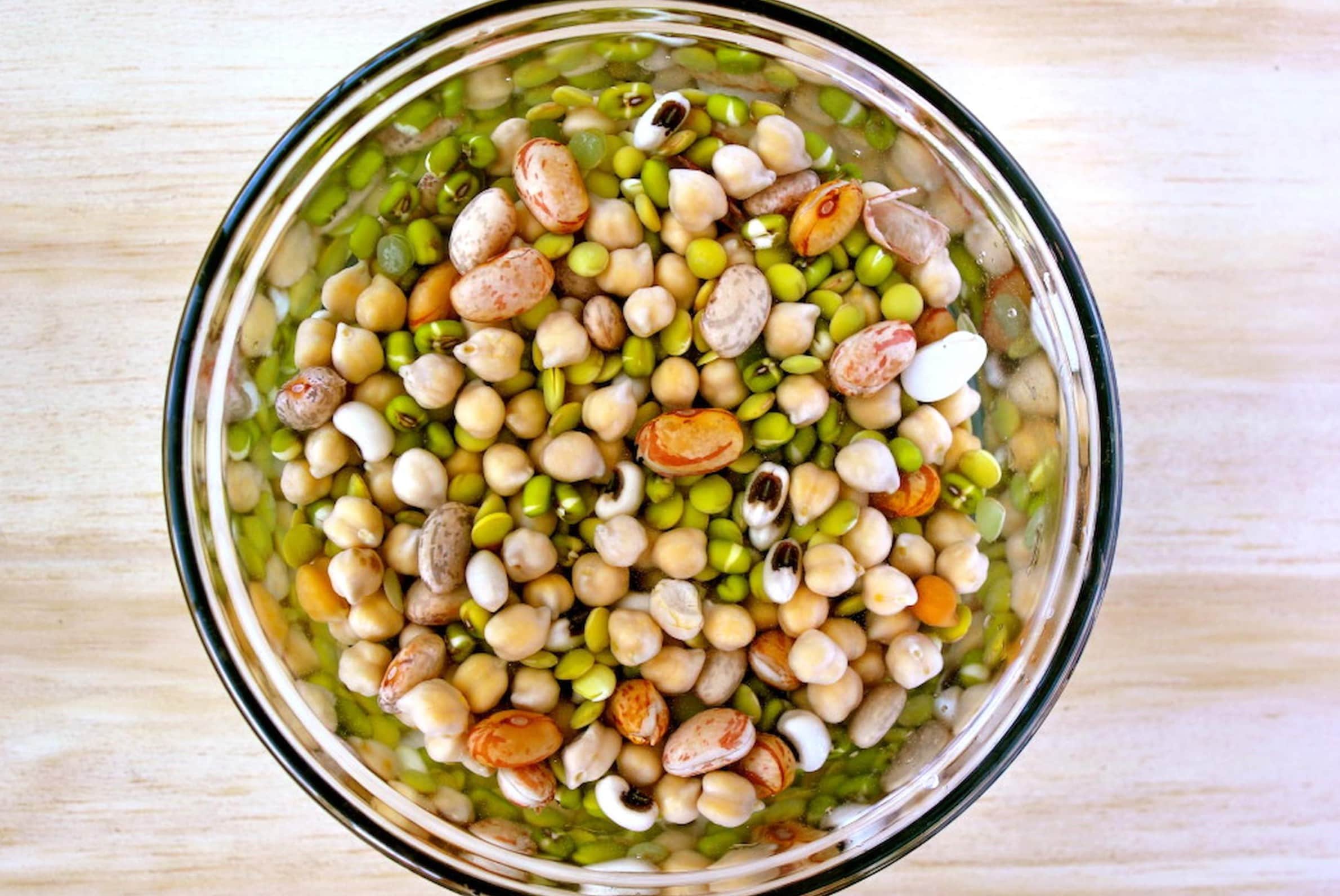
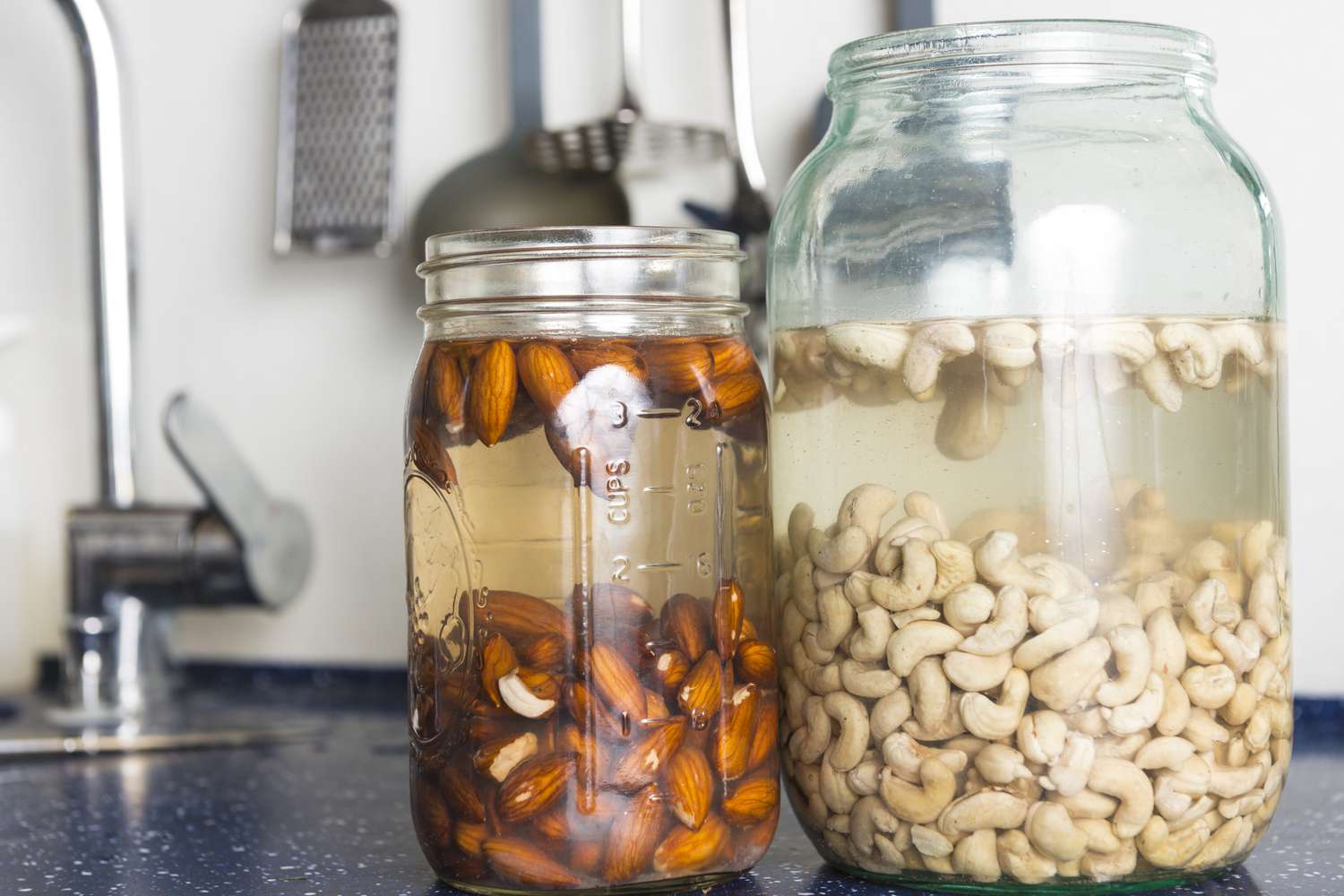
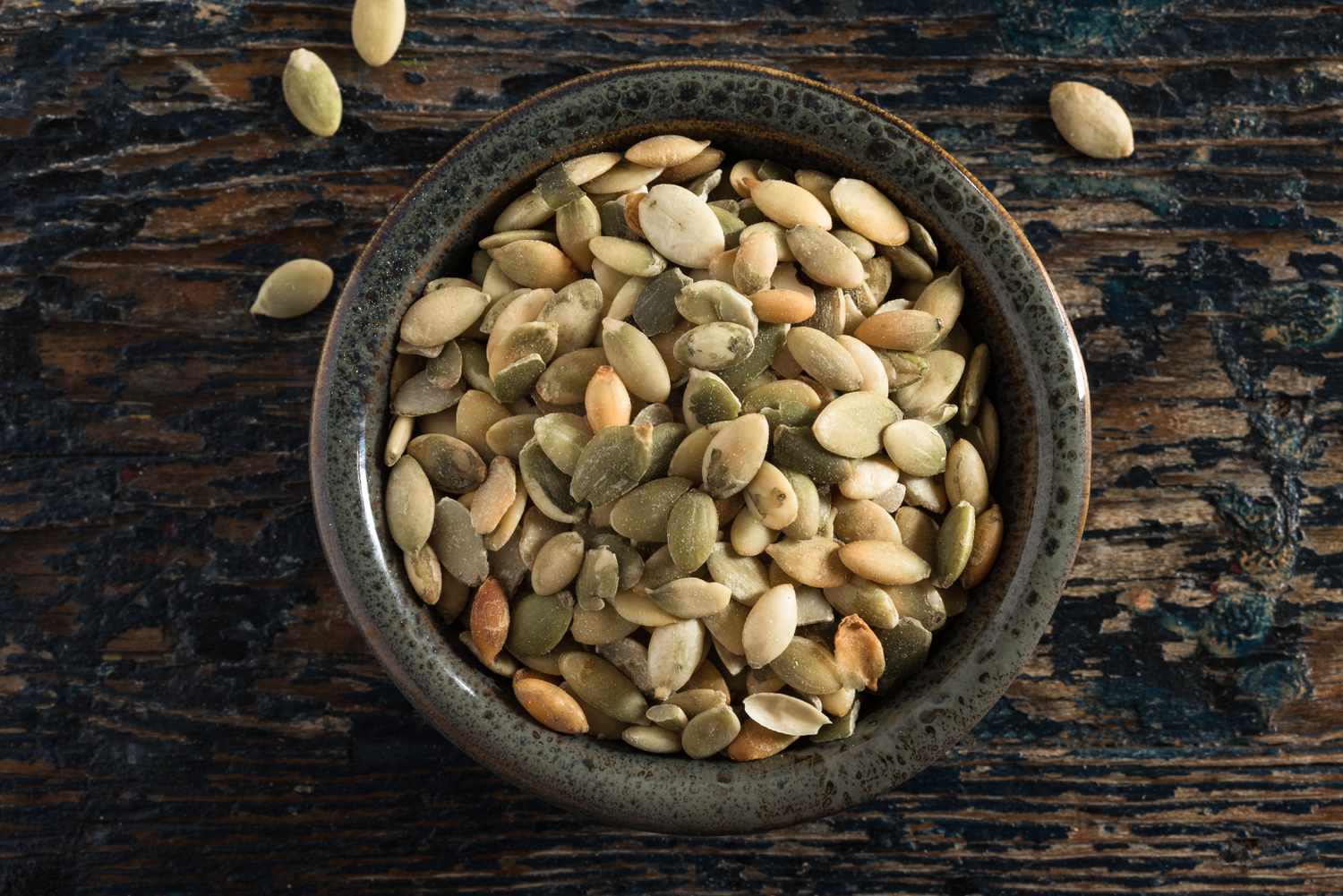
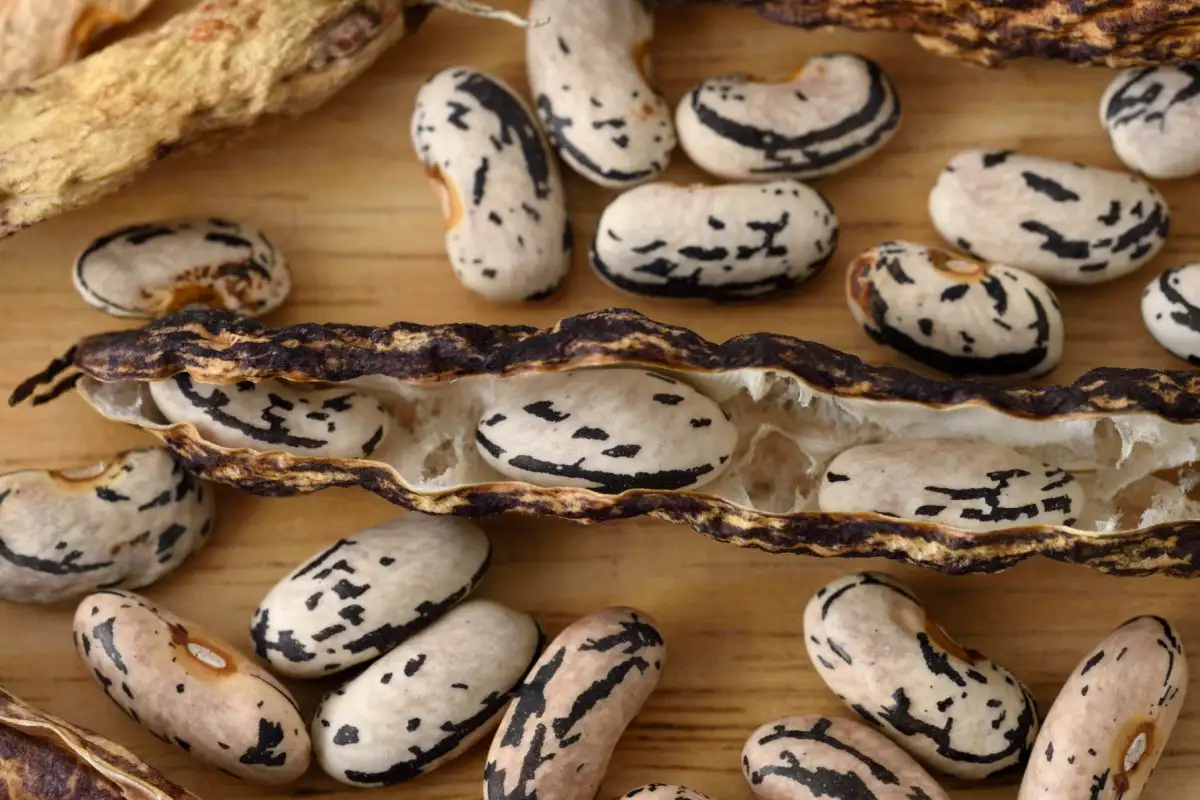
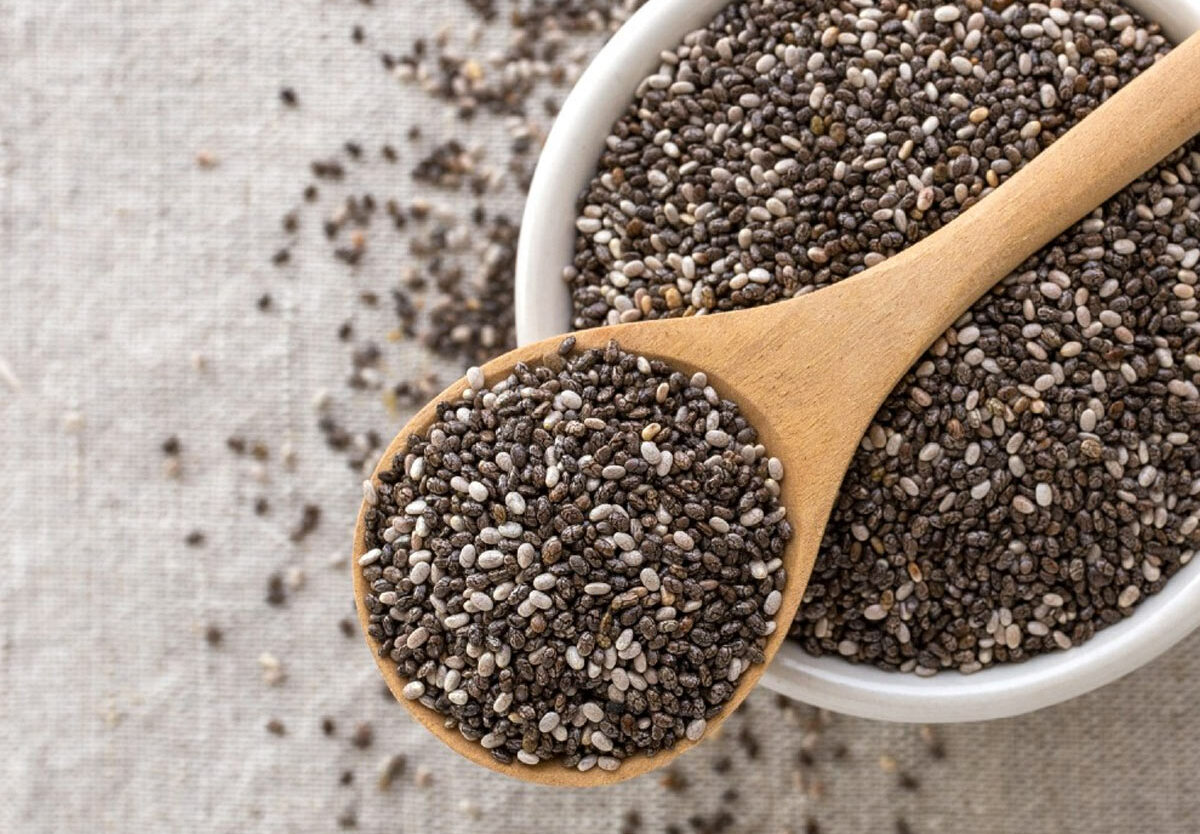
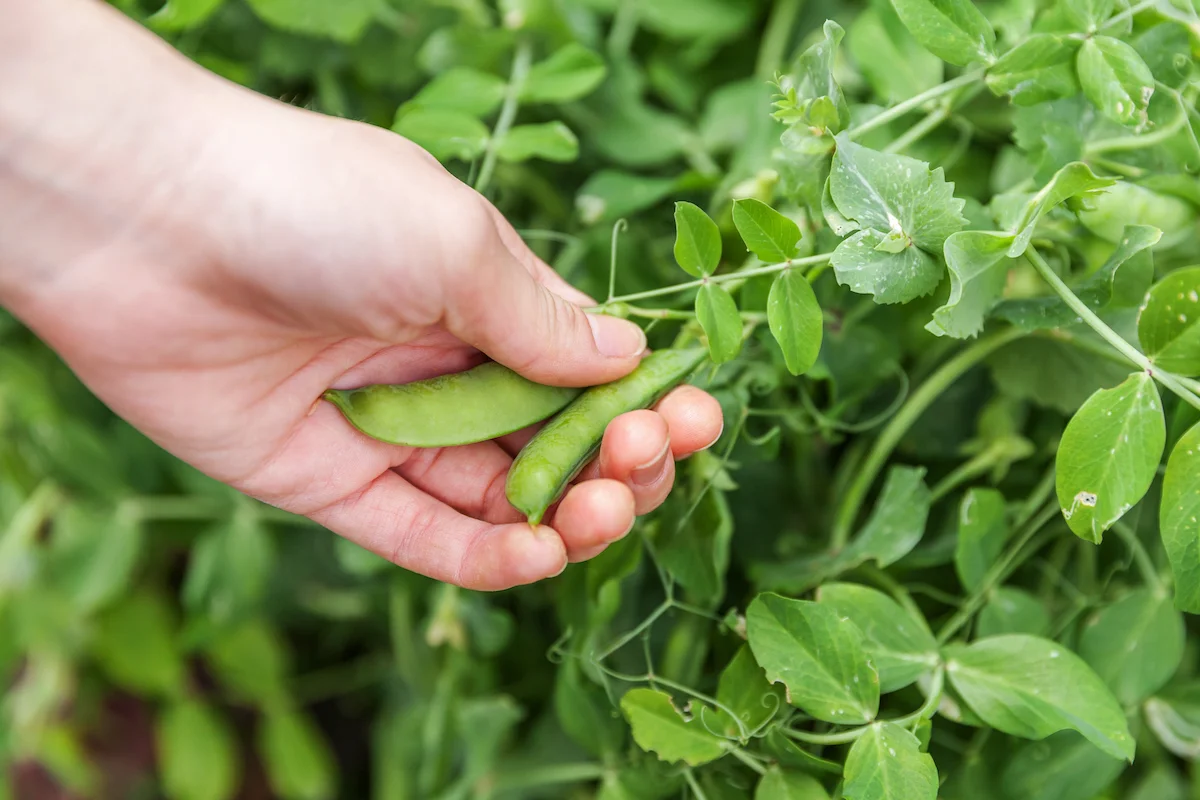
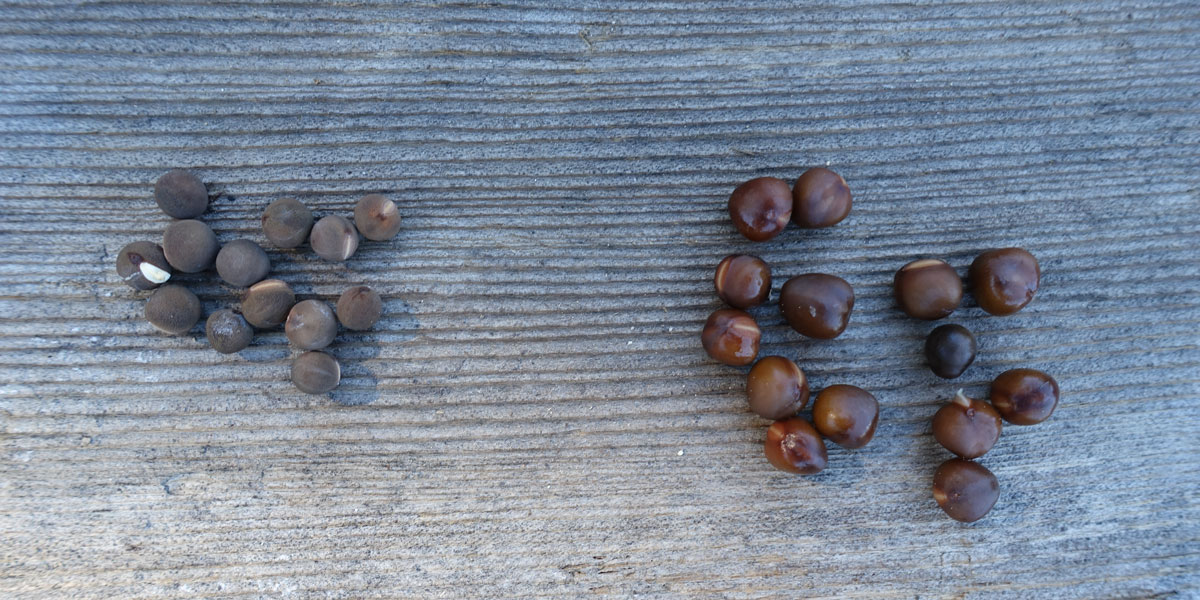
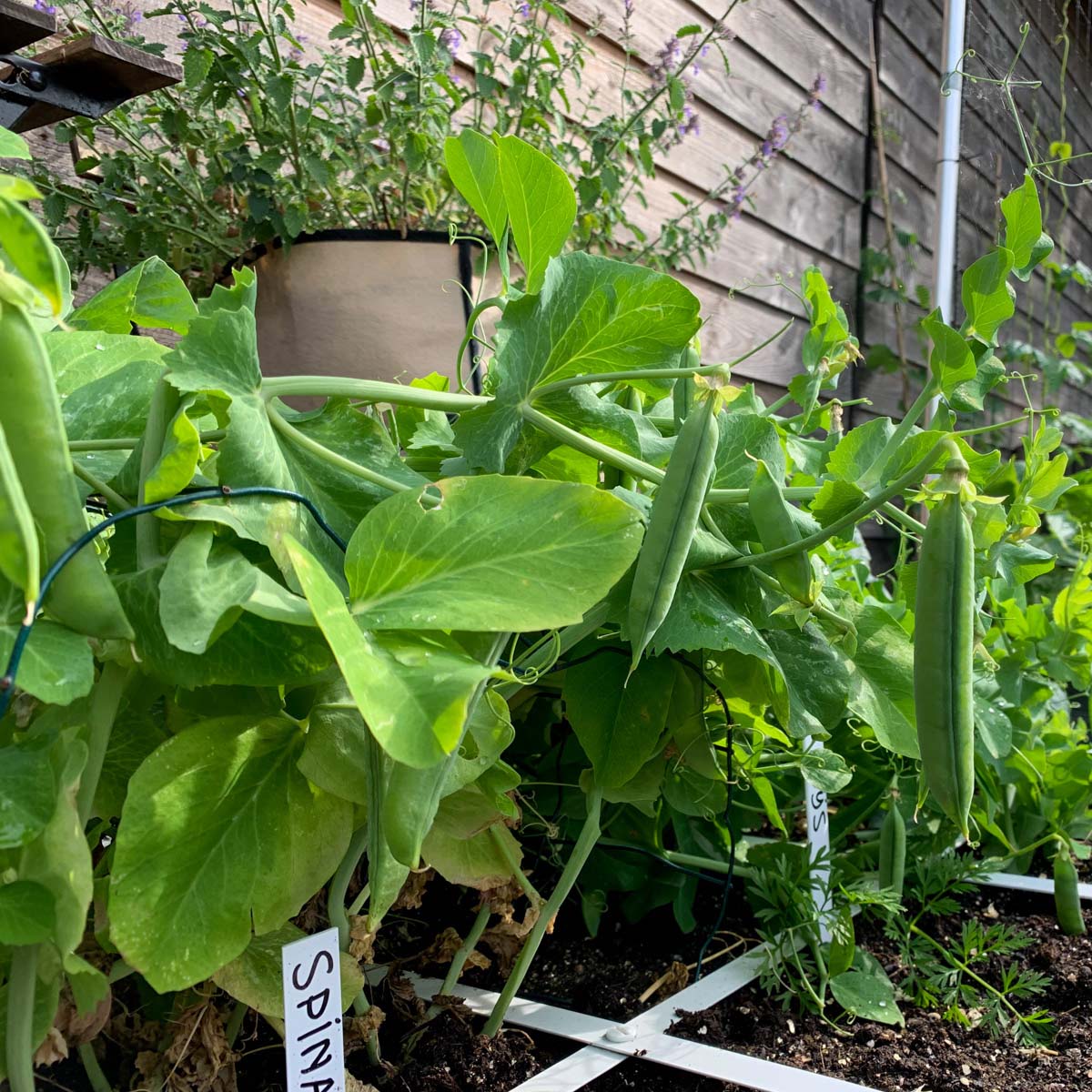
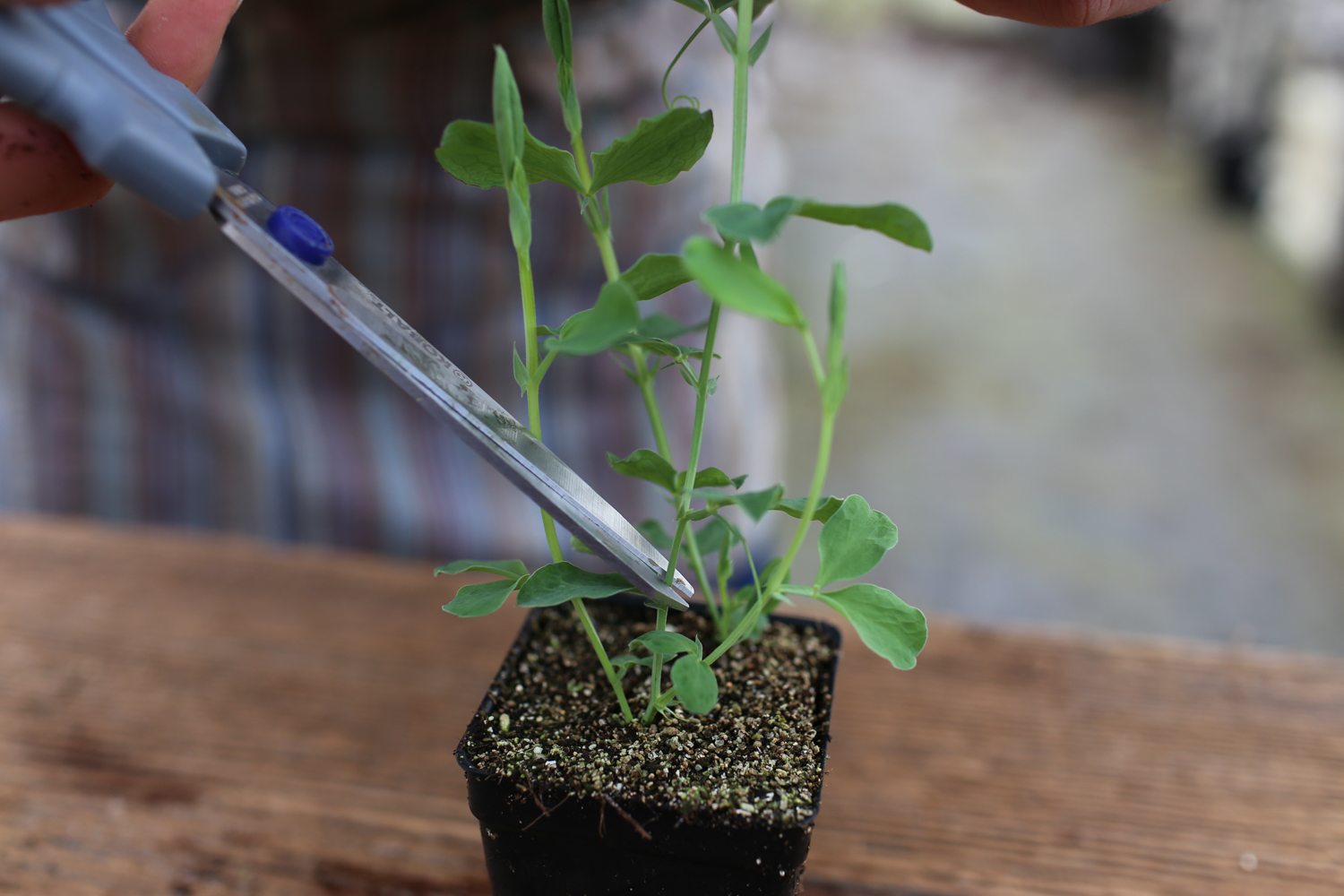
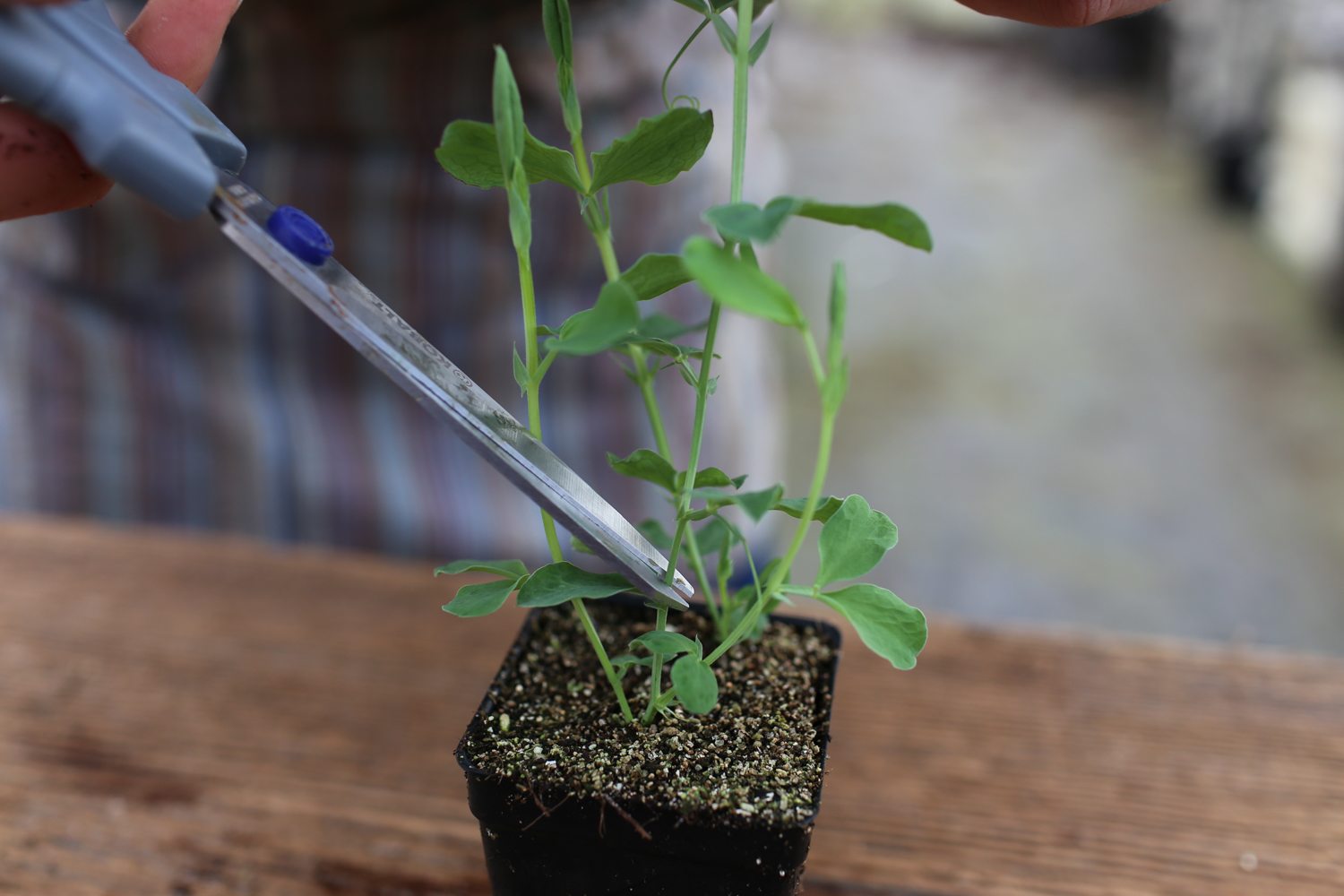
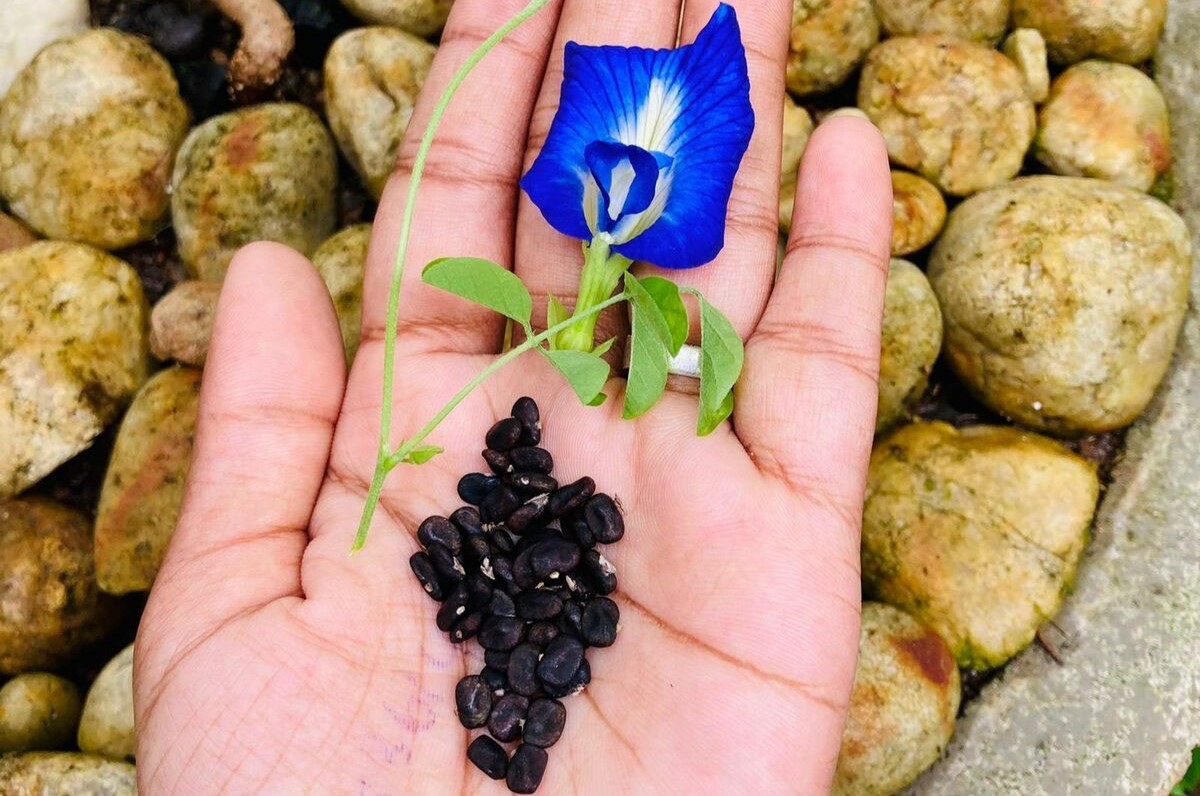
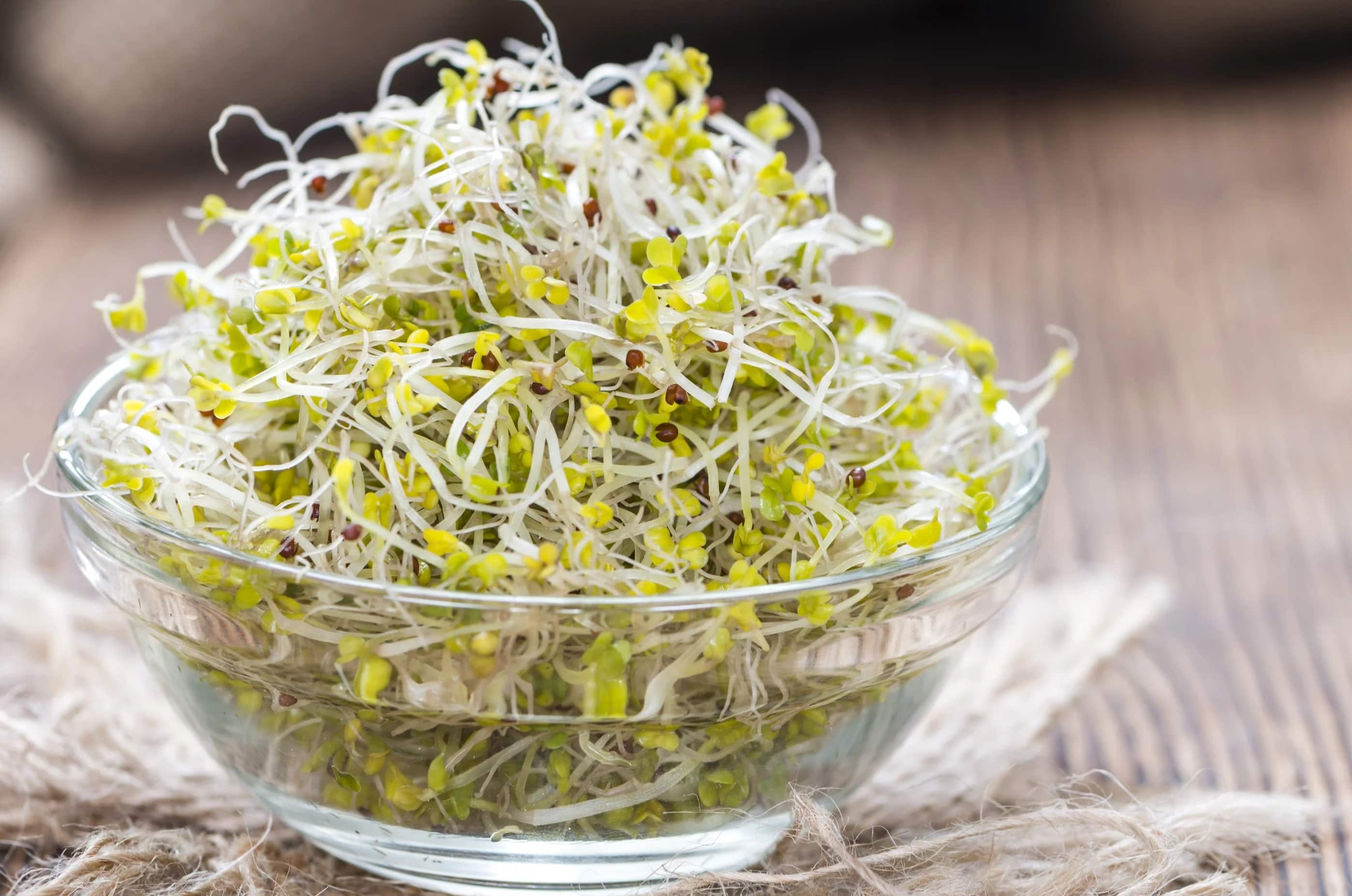
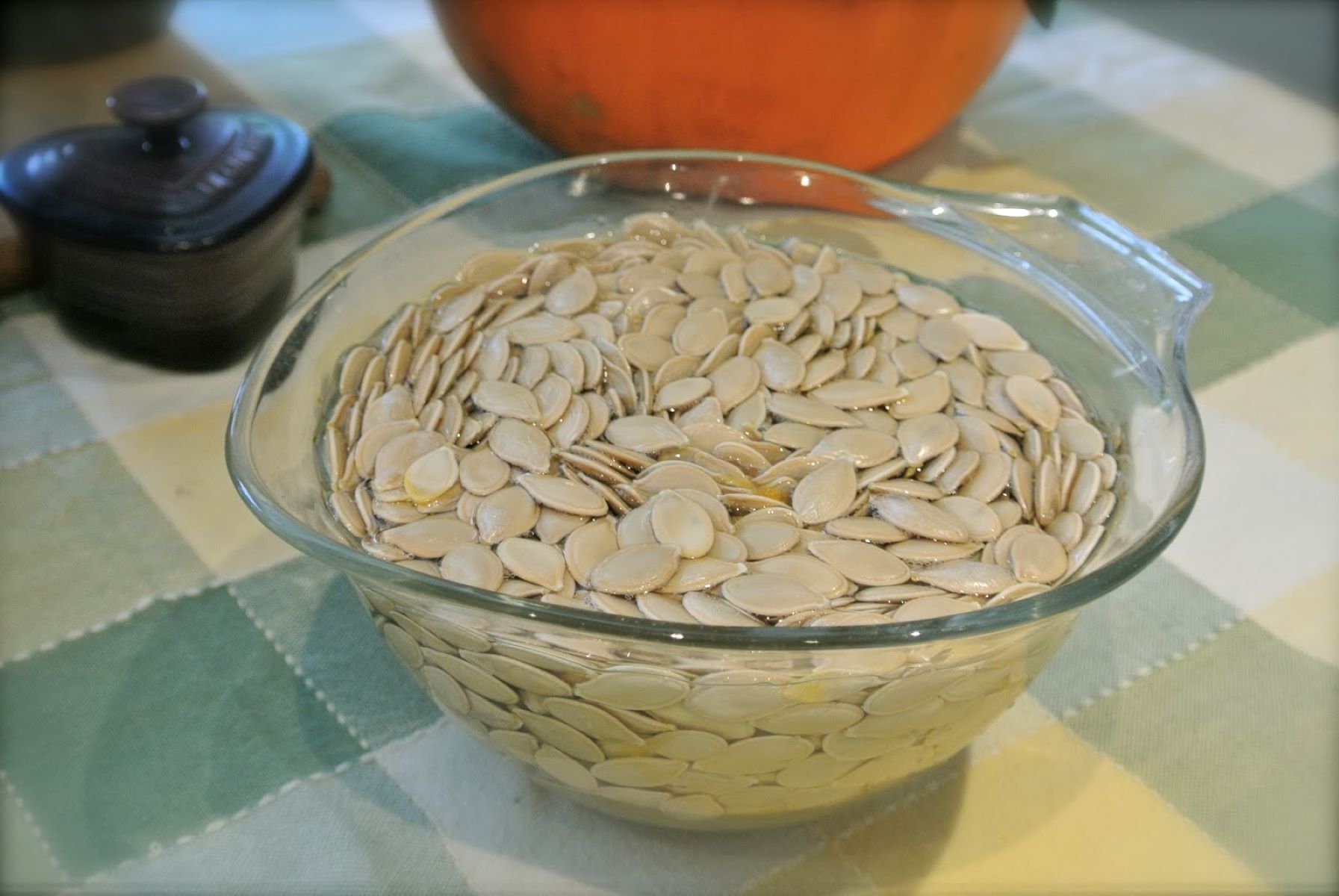
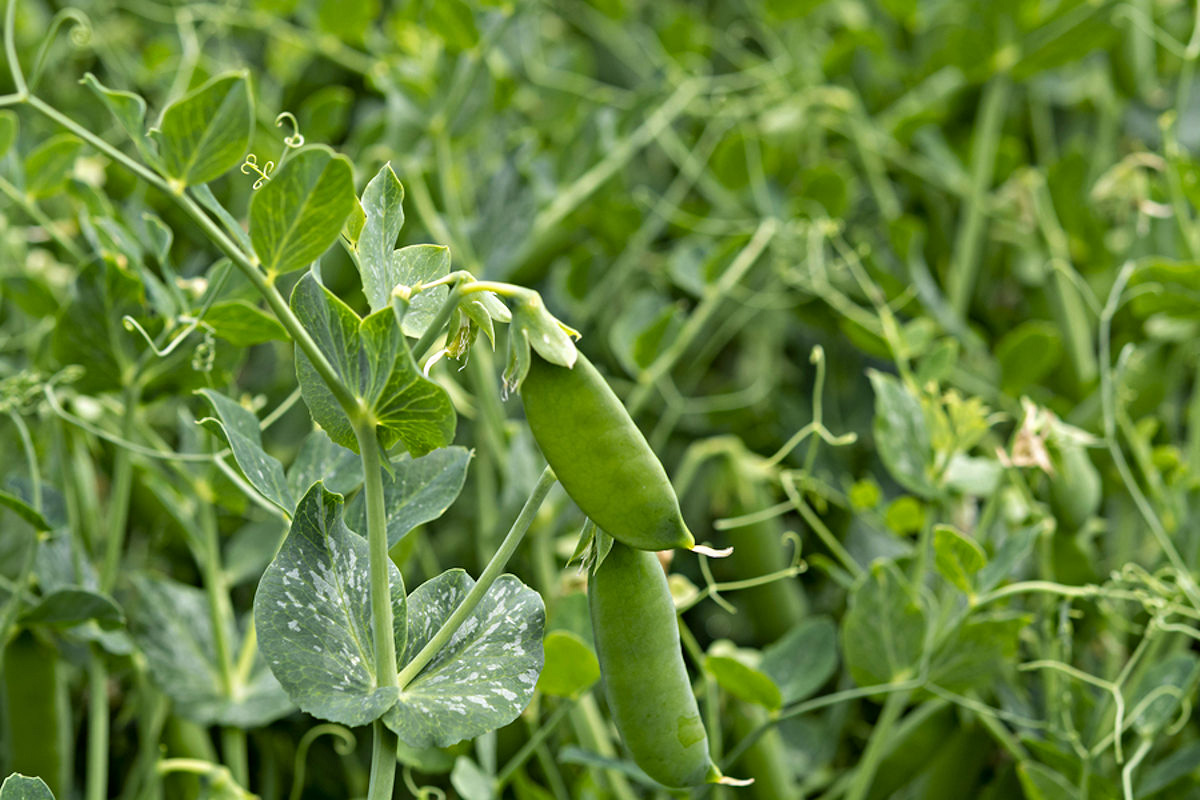

0 thoughts on “How Long To Soak Pea Seeds Before Planting”